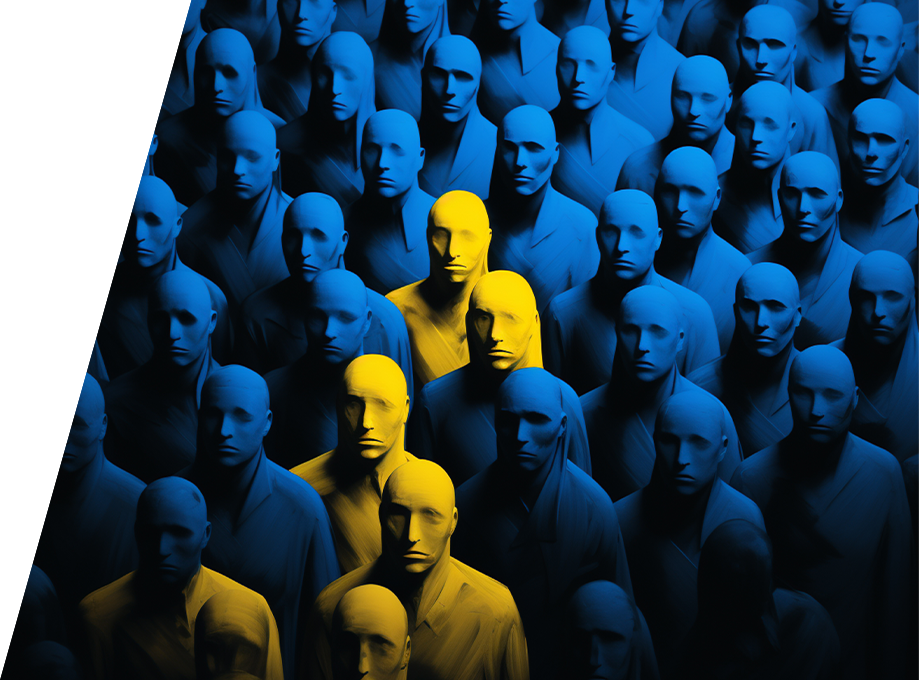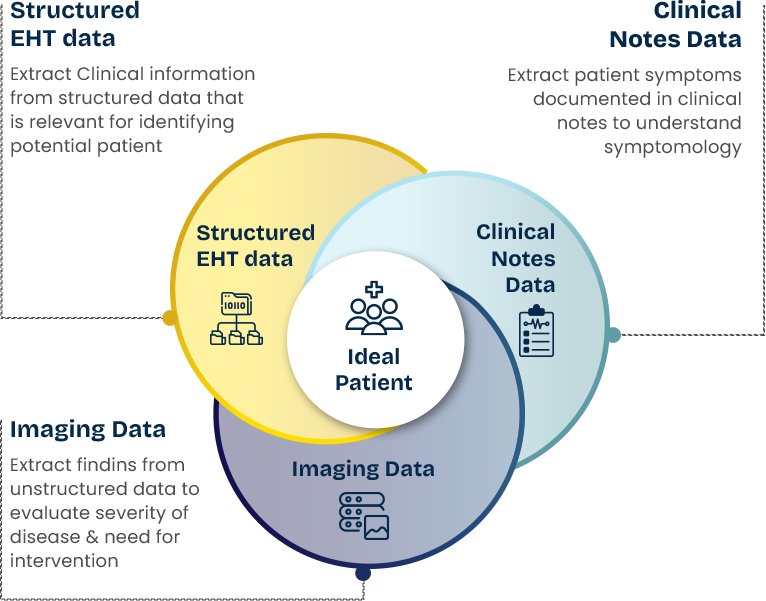Client Background
Our CRO client empowers life science research with RWD solutions
Dive into the world of cutting-edge research support with our esteemed client, a leading CRO headquartered in the US, serving clients across the EU and the US. They are known for their expertise in conducting real-world studies and harnessing hard-to-access data such as free text notes, imaging data, and so on. The company offers data subscription services and data collaboration options on demand to pharmaceutical clients to support their research needs effectively. The client intends to promote value-based utilization of advanced real-world data sources to support life science companies in informed decision-making.



